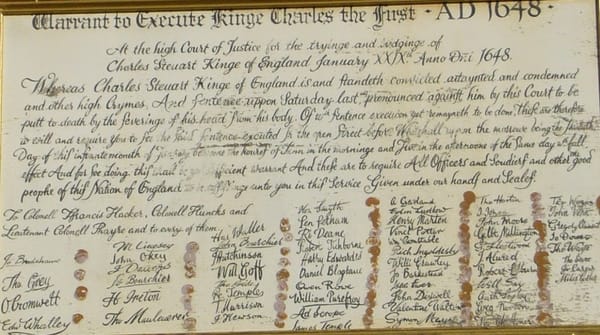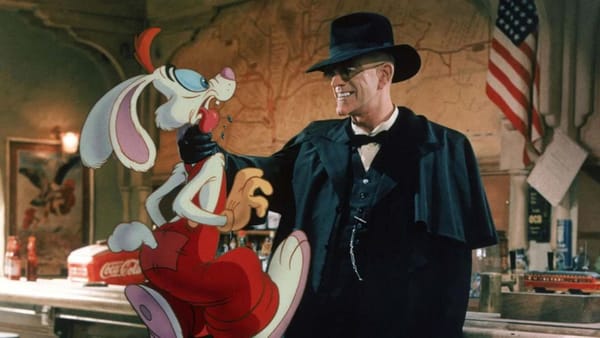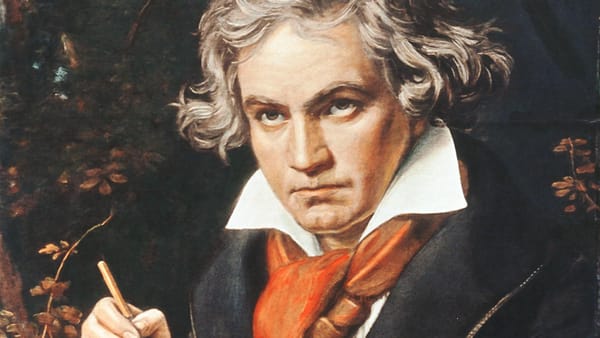Is There a Test for Genius?

Modern culture worships intelligence but struggles to define it.
From the I.Q. test to the Nobel Prize, every generation has tried to measure genius as if it were a commodity — something that can be scored, ranked, and rewarded.
Yet each attempt to quantify brilliance tells us more about the politics of measurement than about the minds being measured.
The Birth of Measurable Mind
The idea that intellect could be captured by numbers began in 1904, when British statistician Charles Spearman proposed a general factor of intelligence — g — after finding that students’ test scores correlated across subjects.
In 1905, French psychologists Alfred Binet and Théodore Simon created the first practical intelligence test to identify struggling schoolchildren.
Their intent was diagnostic, not hierarchical.
But when American psychologist Lewis Terman at Stanford University revised the test in 1916 as the Stanford–Binet, it became an instrument of sorting: a way to rank ability, not aid it.
During the 1920s, the United States Army administered over 1.7 million intelligence tests to recruits.
By 1930, colleges and corporations were adopting similar exams.
I.Q. became an industry.
The Terman Children
Terman’s long-term experiment — begun in 1921 at Stanford — tracked 1,528 Californian children with I.Q. scores above 135.
He called them Termites.
For decades researchers recorded their education, marriages, health, and income.
When the study concluded after Terman’s death in 1956, the results surprised his successors:
none had achieved extraordinary creative success.
A few became professors or doctors; most led stable middle-class lives.
The lesson was statistical humility — genius did not scale linearly with I.Q.
Ironically, two children rejected from the study for having scores “too low” — William Shockley and Luis Álvarez — later won Nobel Prizes in Physics (1956 and 1968).
The dataset had filtered out the unpredictable.
Nobel Numbers
Since the first Nobel Prizes were awarded in 1901, roughly 975 individual laureates have been recognized.
Economic historians note that laureates cluster in small networks: by 2024, over 70 percent of Nobel scientists had studied or worked within twenty institutions in North America and Europe.
Genius, in practice, correlates with infrastructure — access to laboratories, mentors, and funding — more than with innate capacity.
Data from the Nobel Foundation show that the average age of laureates has risen from 47 years (1901–1950) to 58 years (2000–2020), reflecting the growing scale and cost of modern research.
The tests for genius now include time, capital, and collaboration.
The Psychology of Intelligence
In 1969, British psychologist Hans Eysenck argued that intelligence was primarily hereditary, reigniting controversy that had fueled earlier eugenics movements.
Subsequent studies complicated that view.
Meta-analyses in Nature Genetics (2018) estimate that genetic factors explain 40–50 percent of variance in cognitive ability, but environment accounts for the rest — nutrition, schooling, safety, and social expectation.
The measurable mind remains a composite of biology and circumstance.
Meanwhile, psychologists Robert Sternberg and Howard Gardner in the 1980s broadened the definition of intelligence beyond I.Q.:
practical, creative, emotional, and interpersonal forms mattered too.
Each framework was an attempt to reintroduce context — to recover what nineteenth-century metrics had stripped away.
Silicon Valley’s Quantified Genius
In the twenty-first century, new systems of measurement emerged under different names: algorithmic ranking, venture funding, citation counts, and social-media influence.
Investment culture celebrates “founder exceptionalism,” echoing the same statistical faith as early psychometrics.
Dalio-style “believability indices,” academic h-indexes, and platform engagement scores all claim to reveal merit through data.
But as with the I.Q. tests, they tend to reward visibility and resources more than originality.
The top 1 percent of scientists now produce roughly 50 percent of global citations, according to Scientometrics (2023).
Concentration, not diversity, has become the new indicator of brilliance.
The Limits of Measurement
Genius resists compression because it often manifests as contradiction: creativity correlated with disorder, innovation with risk.
A 2019 study in Psychological Science reviewing 12,000 creative professionals found that personality variance — not mean scores — predicted long-term achievement.
Outliers, not averages, drive progress.
Every generation rediscovers this the hard way.
Terman’s Termites lacked rebellion; Nobel winners combined intellect with defiance.
Metrics captured the measurable and missed the improbable.
Closing Reflection
The search for a “test of genius” reveals a deeper cultural wish — that excellence be predictable.
But the evidence suggests that the extraordinary depends on conditions no test can guarantee: chance, mentorship, and perseverance.
Data may describe intelligence, but only history recognizes genius.
Citation Note:
Primary sources — Alfred Binet & Théodore Simon, Méthodes Nouvelles pour le Diagnostic du Niveau Intellectuel (1905); Lewis Terman, Genetic Studies of Genius (1925 ff.); Nobel Foundation Laureate Database (2024).
Quantitative references — Spearman (1904); Nature Genetics Vol. 50 (2018); Psychological Science Vol. 30 (2019); Scientometrics Vol. 128 (2023).
Secondary sources — Robert Sternberg, The Triarchic Mind (1988); Howard Gardner, Frames of Mind (1983); Mary Poovey, The History of the Modern Fact (1998).
This article was written with the assistance of ChatGPT (OpenAI, 2025).





